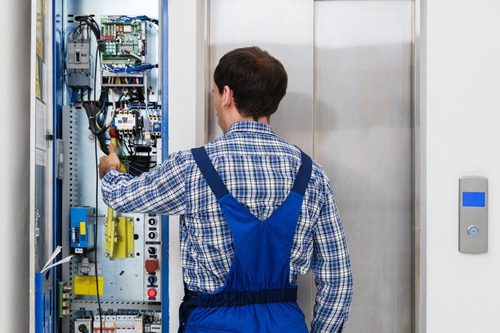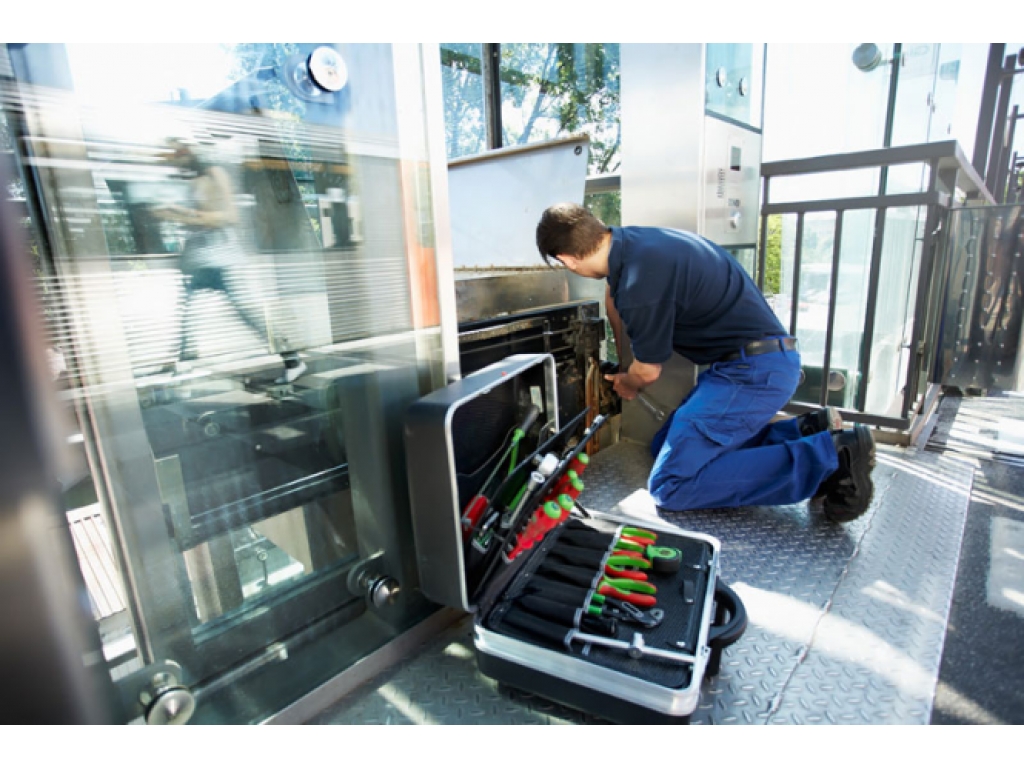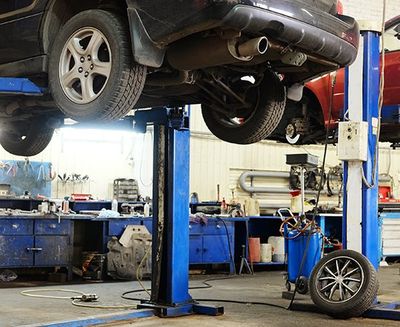Comprehensive Guide to Lift Repair Companies Near Me for Efficient Lift Maintenance
Comprehensive Guide to Lift Repair Companies Near Me for Efficient Lift Maintenance
Blog Article
Comprehensive Guide to Lift Systems and Their Maintenance
Browsing the elaborate globe of elevator systems and their maintenance is a job that demands accuracy and understanding. From the various sorts of elevator systems in operation to the thorough adherence to safety laws, the upkeep of these upright transport devices is a complex endeavor. As structures soar greater and innovation developments, the need for a thorough understanding of elevator systems comes to be progressively crucial. Join us as we unwind the complexities of lift maintenance, checking out typical problems, finest methods, and cutting-edge modern technologies that shape the modern landscape of upright transportation.
Sorts Of Elevator Solutions
The most typical types include hydraulic lifts, grip elevators, machine-room-less elevators, and vacuum lifts. Hydraulic lifts are ideal for low-rise structures and make use of a hydraulic piston to relocate the lift cars and truck. Machine-room-less lifts are a space-saving choice as they do not need a separate machine room for the lift equipment.
Each type of elevator system has its own advantages and disadvantages, making it essential for structure proprietors and designers to thoroughly consider their particular needs prior to picking one of the most suitable choice. Elements such as building elevation, area accessibility, energy performance, and budget plan constraints all play a significant duty in figuring out the finest lift system for a certain building.
Common Upkeep Problems
Normal maintenance of lift systems is vital to ensure smooth operation and prolong their life-span. Despite routine maintenance, elevator systems can still come across common maintenance concerns that need to be immediately dealt with to stop interruptions in solution. One of the most regular concerns is door malfunctions. Elevator doors might get misaligned, resulting in concerns with opening and closing appropriately. This can cause hold-ups and safety and security risks, needing prompt attention from maintenance professionals. Another common issue is associated with the lift's leveling precision. Passengers may experience tripping risks and discomfort if the lift does not straighten appropriately with the floorings. Additionally, problems with the control system, such as sensor problems or electrical problems, can trigger the elevator to malfunction or stop working entirely. Routine assessments and positive upkeep can assist determine and settle these usual upkeep concerns prior to they rise and influence the total efficiency of the elevator system.
Safety And Security Laws and Compliance
Following stringent security guidelines and making sure compliance with industry criteria are extremely important for preserving the operational integrity of lift systems. Lifts go through a thorough set of safety and security guidelines to protect guests, upkeep personnel, and the public. Governing bodies such as the Occupational Security and Health And Wellness Administration (OSHA) in the USA and the European Lift Association (ELA) in Europe establish guidelines that cover different elements of elevator design, setup, maintenance, and procedure.
Conformity with these policies is not only a legal demand however additionally an ethical commitment for structure proprietors and lift maintenance companies. Regular evaluations, maintenance checks, and adherence to security procedures described in the policies are necessary to make sure the secure and official source reliable procedure of elevator systems.
Finest Practices for Upkeep

Structure owners must also take into consideration investing in innovation upgrades to improve the performance and security of their elevator systems. By complying with these finest practices, lift systems can operate smoothly and securely, offering trusted vertical transport for occupants.

Advanced Technologies for Efficiency
Applying sophisticated modern technologies in lift systems can considerably enhance functional efficiency and guest experience. These systems enable guests to input their wanted floor prior to going into the lift, which then routes them to the most efficient car.
Additionally, the integration of clever sensors and anticipating maintenance capacities has actually transformed lift upkeep. These sensing units can detect prospective issues before they intensify, enabling aggressive maintenance treatments and minimizing here downtime. Furthermore, making use of energy-efficient elements and regenerative drives helps minimize power intake and operating expenses in elevator systems.
In addition, the implementation of cloud-based tracking and remote diagnostics permits for real-time tracking of elevator performance and prompt troubleshooting of any malfunctions. This positive strategy not just improves system dependability yet also improves the general customer experience by ensuring smooth and undisturbed lift operations.
Conclusion
To conclude, comprehending the various kinds of lift systems, usual upkeep concerns, safety regulations, finest upkeep methods, and advanced innovations for effectiveness is critical for ensuring the smooth operation of elevators. By adhering to safety regulations and implementing finest practices for maintenance, building owners can lengthen the life-span of their lift systems and make sure the safety and security of guests. It is very important to stay upgraded on the most up to date developments in elevator innovation to enhance effectiveness and dependability.
The most common you could look here types consist of hydraulic lifts, traction elevators, machine-room-less elevators, and vacuum cleaner elevators. Hydraulic elevators are optimal for low-rise buildings and use a hydraulic piston to relocate the lift cars and truck. Machine-room-less elevators are a space-saving option as they do not call for a different device room for the lift equipment. Routine assessments and positive maintenance can aid determine and fix these common upkeep problems before they rise and affect the overall efficiency of the elevator system.

Report this page